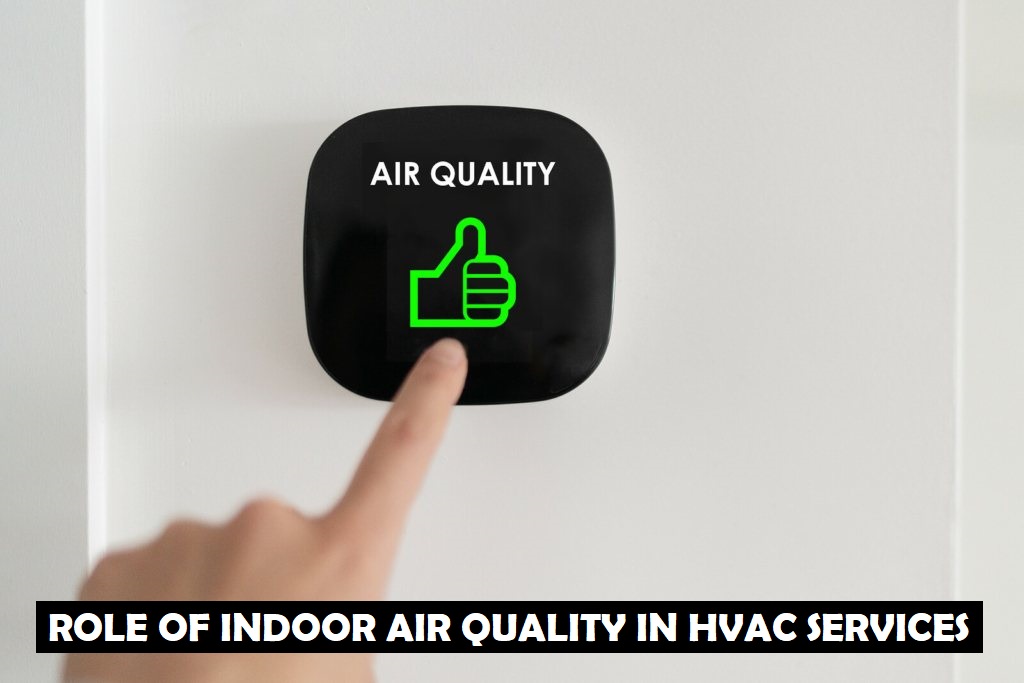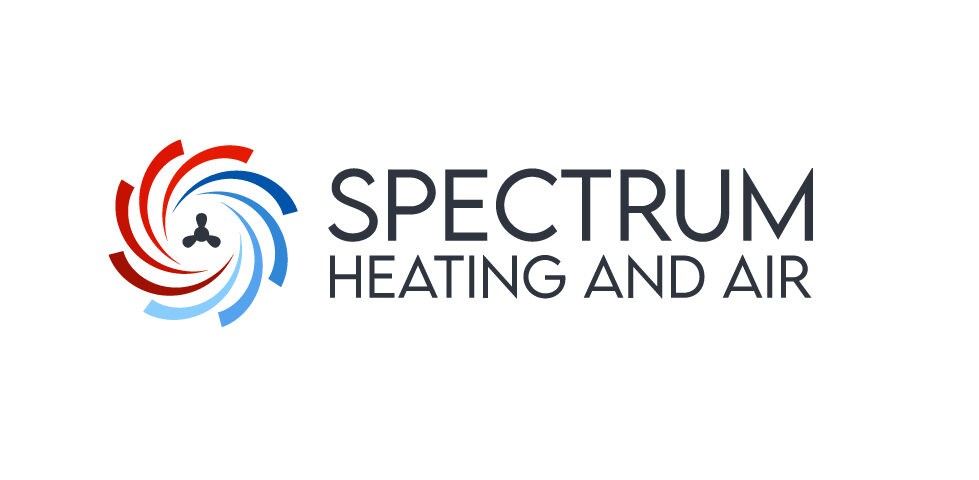In the realm of HVAC (Heating, Ventilation, and Air Conditioning) services, ensuring optimal indoor air quality is paramount. Over the years, there has been a growing awareness of the pivotal role played by air quality testing in HVAC systems. This article delves deep into this vital connection, exploring the significance of air quality testing and how it shapes the world of HVAC services.

The Role of Air Quality Testing
1. Ensuring Clean Air
One of the fundamental roles of air quality testing in HVAC services is to ensure clean and breathable indoor air. HVAC systems circulate air throughout a building, and without proper filtration and maintenance, contaminants can enter the air supply. Air quality tests identify pollutants such as dust, pollen, mold spores, and even harmful gases like carbon monoxide.
In more detail, let’s consider the various contaminants that air quality testing can detect:
Dust
Airborne dust particles can accumulate in HVAC systems, reducing their efficiency and leading to compromised indoor air quality. Testing helps identify dust buildup and the need for cleaning or filter replacement.
Pollen
Pollen from outdoor sources can find its way into buildings, causing allergic reactions and discomfort for occupants. Air quality testing detects pollen levels and enables timely interventions.
Mold Spores
Mold growth in HVAC systems can result from moisture buildup. Mold spores can lead to health issues, especially for those with allergies or respiratory conditions. Air quality testing pinpoints mold problems, allowing for prompt remediation.
Carbon Monoxide
This odorless, colorless gas can be emitted from malfunctioning heating systems. High levels of carbon monoxide can be life-threatening. Air quality testing ensures that carbon monoxide levels remain within safe limits.
2. Health and Comfort
Maintaining good indoor air quality contributes significantly to the health and comfort of occupants. Poor air quality can lead to a range of health issues, including allergies, respiratory problems, and fatigue. Air quality tests help HVAC technicians pinpoint issues and take corrective measures to create a healthier indoor environment.
Consider the following scenarios where air quality can impact health and comfort:
Allergies
Indoor allergens, such as dust mites and pet dander, can trigger allergies. Air quality testing identifies allergen levels, allowing for targeted allergen reduction strategies.
Respiratory Issues
Poor indoor air quality can exacerbate respiratory conditions like asthma. Identifying and addressing air quality issues is crucial for individuals with such health concerns.
Fatigue
Inadequate ventilation and high levels of indoor pollutants can lead to a feeling of fatigue among building occupants. Air quality testing helps improve ventilation and reduce fatigue.
3. Energy Efficiency
Air quality testing also plays a crucial role in enhancing the energy efficiency of HVAC systems. Dirty or clogged filters, malfunctioning components, or improperly calibrated equipment can cause HVAC systems to work harder than necessary, resulting in increased energy consumption.
In-depth insights into how air quality testing improves energy efficiency:
Filter Efficiency
Clogged filters restrict airflow, forcing HVAC systems to work harder to maintain the desired temperature. Regular testing ensures filters are clean and efficient.
Component Functionality
Air quality tests can reveal issues with components like thermostats and sensors. Identifying and fixing these problems optimizes system performance.
Ductwork Inspection
Leaky or poorly insulated ducts can result in energy loss. Air quality testing includes a thorough examination of ductwork to detect and address these issues.
The Testing Process
Initial Assessment
The air quality testing process begins with an initial assessment of the HVAC system. This includes a visual inspection of components, checking for visible mold or contaminants, and reviewing the maintenance history.
Detailed insights into the initial assessment:
Visual Inspection
Technicians visually inspect HVAC components to identify visible issues like mold growth, corrosion, or damaged filters.
Maintenance History
Reviewing the maintenance history helps technicians understand the system’s past performance and any recurring problems.
Sampling
Next, samples of indoor air are collected and analyzed. These samples are examined for the presence of common pollutants, allergens, and potentially hazardous substances.
An in-depth look at the air sampling process:
Air Sampling Devices
Technicians use specialized devices to collect air samples from various areas within the building.
Laboratory Analysis
Samples are sent to laboratories for analysis. The results provide accurate data on pollutant levels.
Data Analysis
The data collected from air quality tests are carefully analyzed to determine the levels of contaminants and the overall air quality. This analysis provides valuable insights into the condition of the HVAC system.
Detailed aspects of data analysis:
Contaminant Levels
Technicians analyze the concentration of contaminants such as particulate matter, VOCs, and gases to assess air quality.
Comparative Analysis
Data analysis often involves comparing current results with baseline measurements to identify deviations.
Benefits of Regular Testing
Preventive Maintenance
Regular air quality testing serves as a preventive maintenance measure. It allows HVAC technicians to identify issues before they become major problems, reducing the risk of system breakdowns and costly repairs.
Timely Repairs
Identifying problems early enables prompt repairs or component replacements, preventing system failures.
Cost Savings
Preventive maintenance is cost-effective compared to emergency repairs and system replacements.
Improved System Lifespan
Maintaining good indoor air quality through testing can extend the lifespan of HVAC systems. Clean systems are less prone to wear and tear, ensuring that they continue to function efficiently for years to come.
Reduced Wear
Clean filters and well-maintained components experience less wear and tear, leading to a longer system lifespan.
Efficient Operation
Efficient HVAC systems work smoothly, reducing stress on components and prolonging their lifespan.
Compliance with Regulations
In some regions, there are regulations and standards in place that require regular air quality testing in commercial buildings. Compliance with these regulations is essential to avoid fines and legal issues.
Compliance-related details:
Legal Requirements
Certain jurisdictions mandate air quality testing in commercial buildings to protect public health.
Occupational Safety
Ensuring compliance with air quality regulations creates a safe and healthy working environment for employees.
In conclusion, air quality testing is an integral part of HVAC services. It ensures clean and healthy indoor air, contributes to energy efficiency, and extends the lifespan of HVAC systems. By investing in regular air quality testing, both residential and commercial property owners can create a comfortable and safe environment for occupants.




